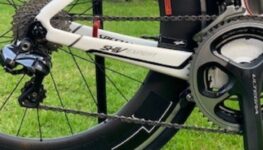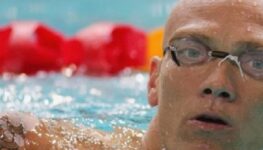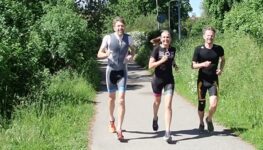Low intensity training is the primary influencer!
Two podcasts this week. Both on the same topics and interviewing the same people.
Podcast 1 – an interview with Dan Lorang
Podcast 2 – a discussion reviewing written interviews made by Dan, Jan Frodeno and Anne Haug.
For those that aren’t familiar with these names:
Dan Lorang is a triathlon and pro cycling team coach. Frodeno and Haug are two of his triathletes, both of whom won the Ironman World Championships last year, making Dan the first coach to have both the male and female World Champions of the same year under his programme and philosophy.
Podcast 1 is a live interview with Dan, where he discusses his history and how he met both Frodeno and Haug, the training approach he has and key points he believes in.
The discussion in podcast 2 starts at around 13minutes, we advise you skip to this point! The start is good, towards the end it becomes more of a comparison between what they do and what Dan, Jan and Anne do – “we do this as well, we do that too” 😄, but still worth listen!
The key takeaway points being:
- Low intensity training is the primary influencer of triathlon performance – “His (Dan) biggest ability is to slow me down” – Jan Frodeno
- Train the intensity prescribed, not the intensity your ego challenges
- Consistency over YEARS! Having worked with Anne for 15 years and Jan for 7 shows their commitment to consistency (not just day by day, but year by year) and the success of proper training application (low intensity and following the process laid out by Dan)
- Listen to your body. Your body doesn’t lie, you have to listen to it and be guided by it. Our egos may try to ignore it or guilt trip us into doing more, while technology might not be adaptable enough to understand the anomalies that can occur or breakdown on you.
- Swimming is the secret to a strong triathlon performance. By spending more time in the pool (doing 25-100ms) developing your EFFICIENCY (not necessarily speed) you will bike and run better.
- It is emphasised that we should not be extrinsically focused on feedback of performance – chasing times and PB’s. Instead, be intrinsically aware; HOW do you feel swimming, HOW do you feel in T1, HOW do you feel on the bike, etc (back to listening to your body)
- Combine indoor and outdoor training. Indoor training is more manageable and specific (and safer), outdoors adds other elements such as bike skills and confidence.
- Running benefits from strength. Running hills, long and short, easy and hard, builds strength for long distance events (for those moving up a distance this is applicable – not just Ironman – strength helps more than speed in “new” distance)
- Don’t follow extreme diets – veganism, full-keto, etc. Know your body and fuel it appropriately.
Some of the other points are good, but not what we believe to be suitable to most (age group) athletes:
- Periodisation: Vo2max phases, build phases, race rehearsal phases, etc we DON’T do. Read our article published last year for more information on how we periodise your training
- All races are for racing. For an elite / pro triathlete that races for “work” and has plenty of downtime each week for rest, this might work. For age groupers with jobs, families, etc, races that aren’t “A” races SHOULD be adaptable and learning opportunities – Start deliberately controlled, assess how your feel throughout, then push on at the end of the run if all is good! And learn from EVERYTHING.



